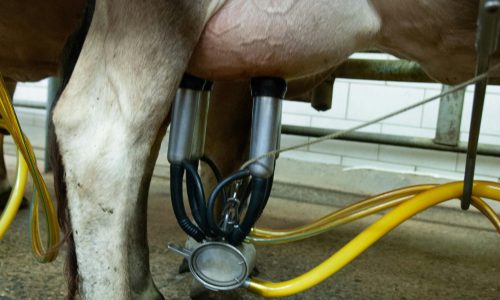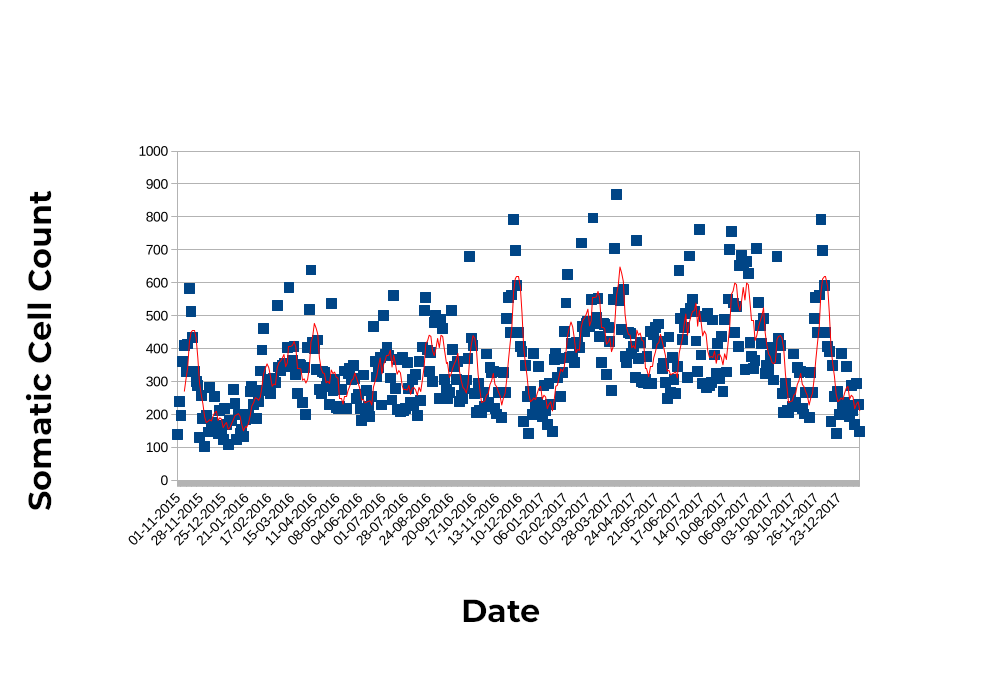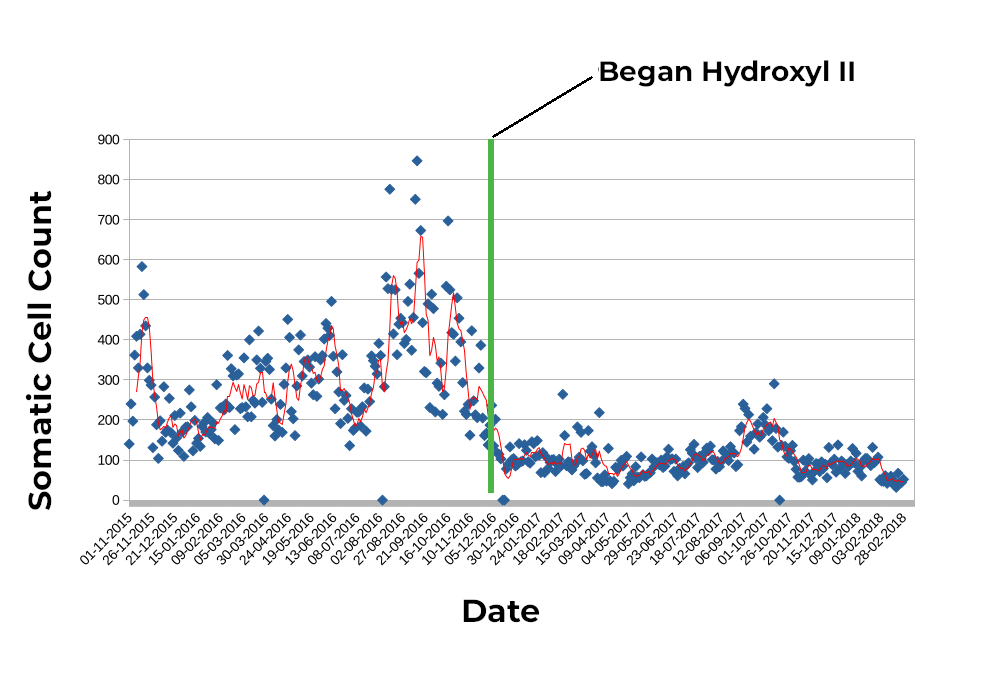Dairy farming is more than just a livelihood; it’s a way of life. For dairy farmers, the well-being of their cows is paramount. Healthy cows mean higher milk production, better profits, and an overall smoother operation. One crucial factor in assessing dairy cow health is the somatic cell count (SCC). But what is SCC, and why is it so important in the world of dairy farming?
Somatic cell count, often abbreviated as SCC, is a vital metric in dairy farming. It measures the number of somatic cells present in milk, typically expressed as cells per milliliter (mL) of milk. Somatic cells are non-blood cells found in the udder tissue of dairy cows. They play a crucial role in the cow’s immune response, particularly in fighting off udder infections.
SCC is an essential indicator of udder health. It helps dairy farmers identify potential issues with their cows, particularly the presence of mastitis. Mastitis is an udder infection that can have a significant impact on milk quality and production. It can cause discomfort and pain for the cow, reduce milk yield, and lead to economic losses for the farmer.

Typically, a healthy dairy cow should have a low somatic cell count in her milk. The threshold for identifying a cow with mastitis is around 200,000 somatic cells per mL of milk. Cows with SCCs above this level are often considered to be fighting off mastitis, and intervention may be required.
However, the key point of interest is when SCC falls below 100,000 cells per mL of milk. In this range, cows have no production loss due to clinical mastitis. This means they can focus their energy on producing milk and birthing healthy calves, rather than expending it on fighting infections.
A lower SCC indicates better udder health, which translates to more productive and healthier cows. Reduced SCC leads to increased milk production, improved milk quality, and higher profits for dairy farmers. It’s a win-win situation for both the cows and the farmers.
Hydroxyl II is making waves in the dairy farming industry by positively impacting SCC and, consequently, dairy cow health and productivity.
One of the primary ways Hydroxyl II achieves this is by ensuring that dairy cows have access to clean, pathogen-free drinking water. Water treated with Hydroxyl II eliminates harmful pathogens, viruses, and bacteria that may be present in untreated water sources. This results in better hydration for the cows, allowing them to allocate their energy toward milk production rather than combating waterborne infections.
Hydroxyl II not only eliminates pathogens from the water but also sets the stage for a healthier gut microbiome in dairy cows. This balanced microbiome plays a crucial role in reducing SCC by bolstering the cow’s immune system and overall health. As a result, cows can focus their energy on milk production, leading to healthier, more productive, and happier cows.
To illustrate the remarkable effects of Hydroxyl II on dairy cow health and SCC, let’s take a look at some real-world data. The following charts showcase the results of SCC tests conducted on two groups of cows: one group received water treated with Hydroxyl II, while the other group received untreated water.
Chart 1: Somatic Cell Count of Cows Using Untreated Water

Chart 1 displays the SCC results of cows that had access to untreated water. These cows exhibited higher SCC levels, indicating a greater likelihood of udder health issues, such as mastitis. As a result, these cows may have experienced reduced milk production and overall health.
Chart 2: Somatic Cell Count of Cows Using Hydroxyl II Treated Water

In contrast, As you can see from Chart 2, starting near the end of 2016, cows that consumed water treated with Hydroxyl II maintained consistently lower SCC levels. This indicates healthier udders and reduced risks of mastitis. With lower SCC, these cows experienced fewer production losses and better overall well-being.
The data speaks for itself—Hydroxyl II’s impact on somatic cell count is transformative for dairy farming. By providing dairy cows with clean, pathogen-free drinking water, Hydroxyl II contributes to lower SCC levels, healthier udders, increased milk production, and happier cows.
Dairy farmers who incorporate Hydroxyl II into their operations unlock the potential for a brighter, more sustainable future in dairy farming. Healthier and more productive cows mean higher profits and a more efficient farm operation.
Are you ready to embrace the future of dairy farming with Hydroxyl II? Contact us today to learn more about how this innovative solution can revolutionize your dairy farm, boost productivity, and ensure the well-being of your valued cows.